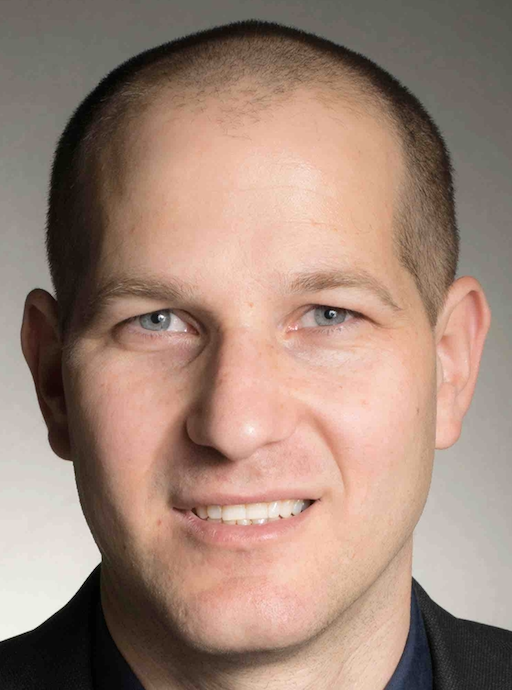Possible aerosol effects on lightning activity and structure of hurricanes
Published:
Citation: Alexander P. Khain, Naftali Y Cohen, Barry Lynn and Andrei Pokrovsky, 2008: Possible aerosol effects on lightning activity and structure of hurricanes, Journal of the Atmospheric Sciences, 65, 3652–3677, doi: 10.1175/2008JAS2678.1
And see also book chapter on the same topic:
Citation: Naftali Y Cohen, Alexander P. Khain, 2009: Effects of aerosols on lightning and intensity of landfalling hurricanes, Chapter in the book: Hurricanes and Climate Change, Elsner and Jagger, doi: 10.1007/978-0-387-09410-6_11
Abstract
According to observations of hurricanes located relatively close to the land, intense and persistent lightning takes place within a 250–300 km radius ring around the hurricane center, whereas the lightning activity in the eyewall takes place only during comparatively short periods usually attributed to eyewall replacement. The mechanism responsible for the formation of the maximum flash density at the tropical cyclone (TC) periphery is not well understood as yet. In this study, it is hypothesized that lightning at the TC periphery arises under the influence of small continental aerosol particles (APs), which affect the microphysics and the dynamics of clouds at the TC periphery. To show that aerosols change the cloud microstructure and the dynamics to foster lightning formation, the authors use a 2D mixed-phase cloud model with spectral microphysics. It is shown that aerosols that penetrate the cloud base of maritime clouds dramatically increase the amount of supercooled water, as well as the ice contents and vertical velocities. As a result, in clouds developing in the air with high AP concentration, ice crystals, graupel, frozen drops and/or hail, and supercooled water can coexist within a single cloud zone, which allows collisions and charge separation. The simulation of possible aerosol effects on the landfalling tropical cyclone has been carried out using a 3-km resolution Weather Research and Forecast (WRF) mesoscale model. It is shown that aerosols change the cloud microstructure in a way that permits the attribution of the observed lightning structure to the effects of continental aerosols. It is also shown that aerosols, which invigorate clouds at 250–300 km from the TC center, decrease the convection intensity in the TC center, leading to some TC weakening. The results suggest that aerosols change the intensity and the spatial distribution of precipitation in landfalling TCs and can possibly contribute to the weekly cycle of the intensity and precipitation of landfalling TCs. More detailed investigations of the TC–aerosol interaction are required.
Keywords:
Hurricanes, microphysics, precipitation, aerosols, clouds, lightning, convection, landfall, parameterization, numerical modeling, algorithm design, probability distributions, empirical dependence, prognostic equation, stability, prediction, WRF, nowcasting, weather forecast, time-dependent modeling, 2D and 3D simulation, comprehensive models, parallel computing
